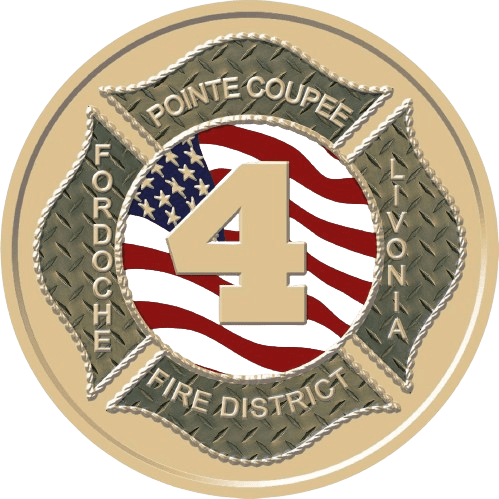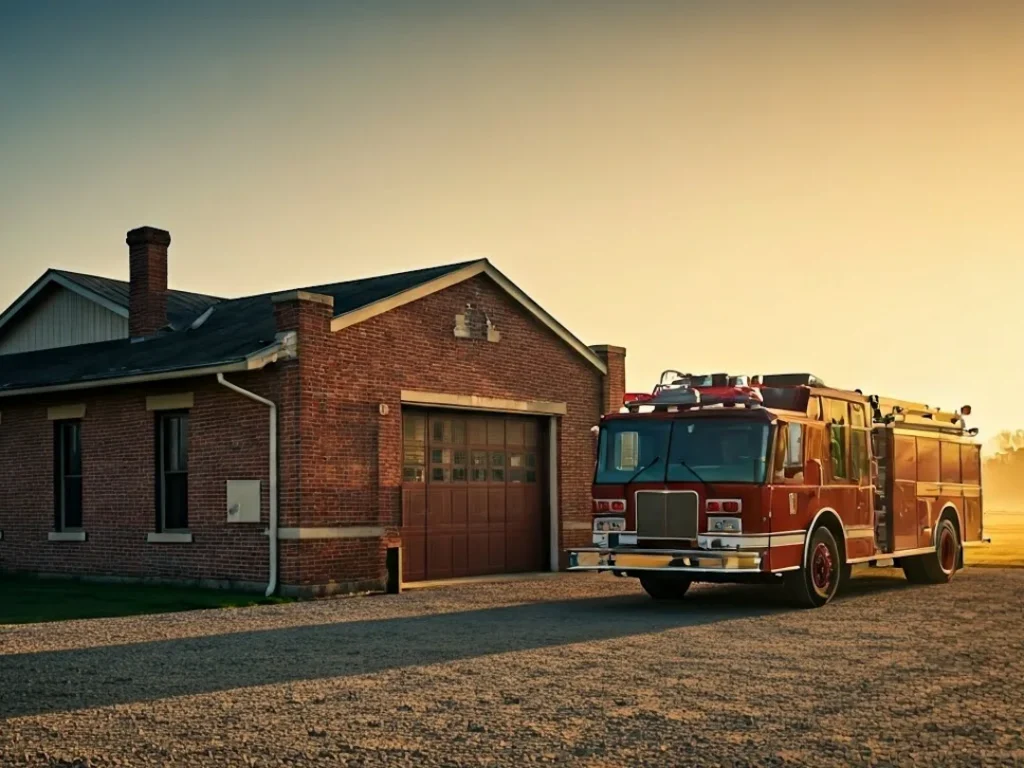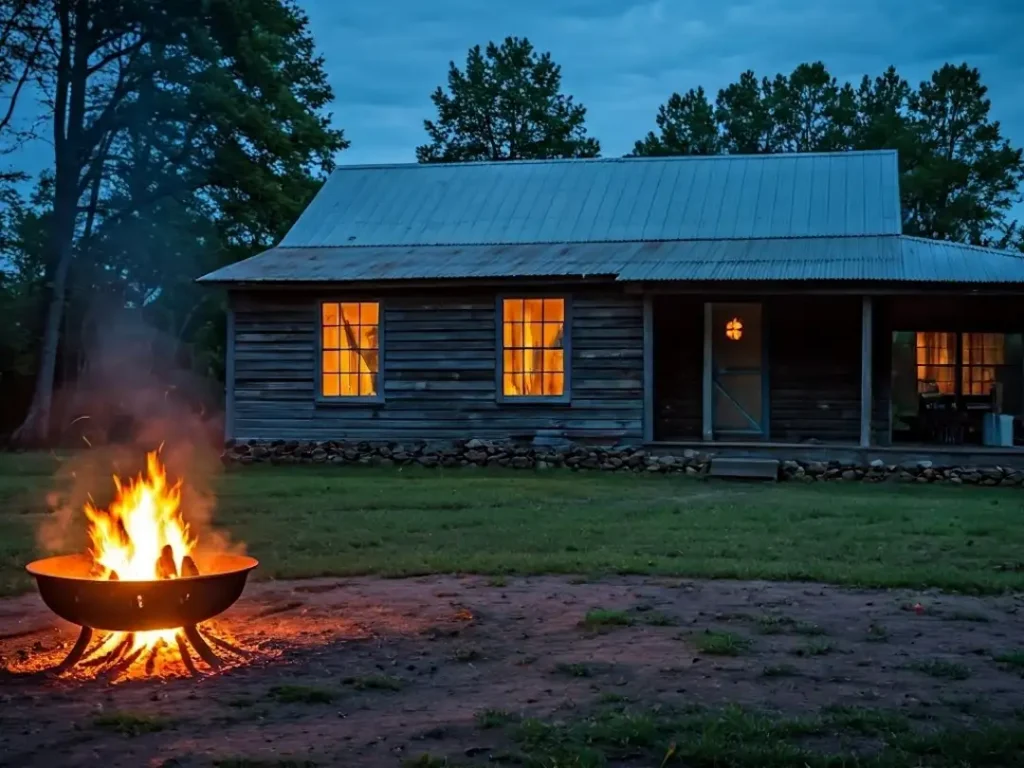Firefighters across Pointe Coupee Parish respond to a wide range of emergencies, but some incidents occur more often than others. These common fire calls aren’t random—they follow patterns. Identifying these trends helps residents prevent them.
At Pointe Coupee Fire Protection District 4 (PCFD4), the five most frequent fire calls we respond to usually fall into the same categories. That means most of them can be avoided. Here’s what we see most—and what you can do differently.
| Common Fire Calls in Pointe Coupee | Primary Causes | Preventive Actions |
|---|---|---|
| Kitchen Fires | Unattended cooking, grease ignition | Stay in the kitchen, keep lids nearby, avoid water on grease |
| Brush Fires | Unsupervised burn piles, dry weather | Follow burn bans, never leave fires unattended |
| Electrical Fires | Overloaded outlets, old wiring | Avoid daisy-chaining cords, hire licensed electricians |
| Heating Fires | Space heaters near combustibles, chimney buildup | 3-ft clearance, inspect flues, use auto shut-off heaters |
| Smoke Alarm Failures | Missing or expired alarms | Test monthly, replace every 10 years |
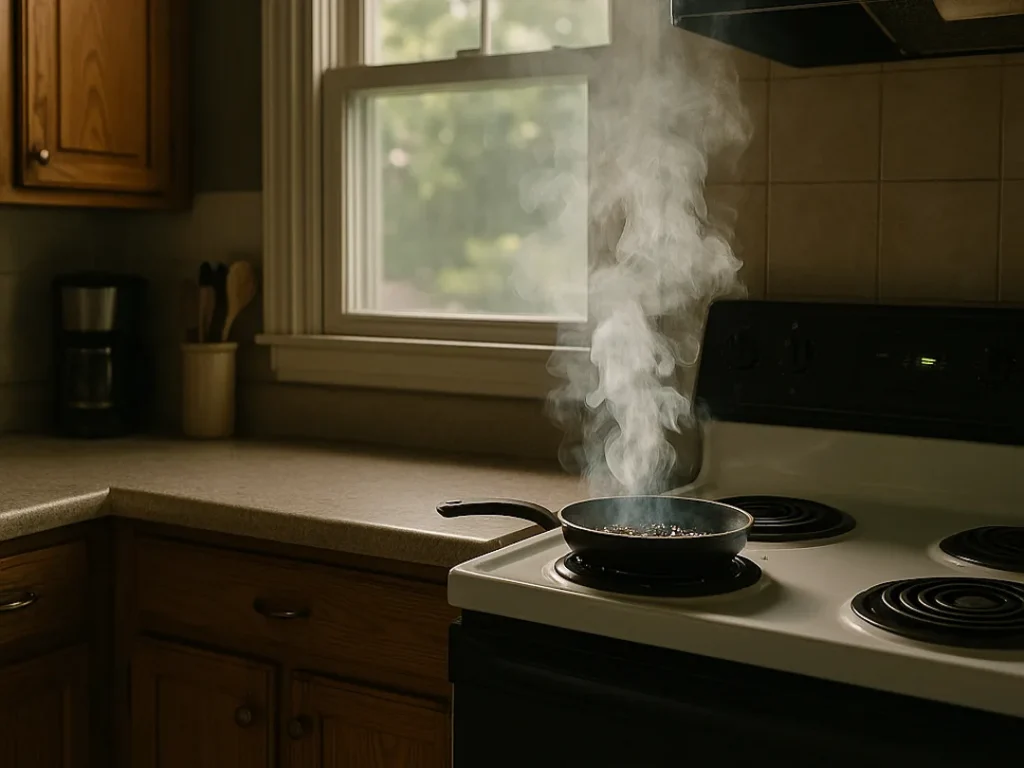
Kitchen Fires Are the Leading Cause of Residential Fire Calls
Most home fires start in the kitchen. The reason? Someone walks away. Grease overheats, ignites, and spreads before anyone returns. Water makes it worse. The result is often damage beyond the stove.
According to the NFPA’s cooking fire statistics, cooking is the leading cause of home fires and fire injuries in the U.S.
Keep a metal lid nearby. Use timers. Stay in the kitchen. If a fire starts, smother it. Turn off the heat. Don’t carry the pan. Don’t throw water.

Brush Fires Start with Good Intentions and Poor Oversight
Backyard burns and debris piles create many rural fire calls. Even a small spark becomes a fast-moving brush fire under dry conditions. Most start when someone steps inside or assumes “it’s under control.”
Follow Louisiana Department of Agriculture and Forestry burn guidelines. Use a fire ring. Keep water or a hose nearby. Never leave a fire alone. Stir ashes until they’re cold before walking away.

Electrical Fires Often Hide Behind the Walls
We see too many calls caused by older wiring and overloaded circuits. Daisy-chained extension cords, space heaters plugged into strips, or outdated breaker boxes create slow-building fire risks.
According to the Electrical Safety Foundation International, electrical distribution systems are the third leading cause of home structure fires.
Avoid plugging too many devices into one outlet. Look for flickering lights or warm wall plates. If your home is older than 1980, have a licensed electrician do an inspection.
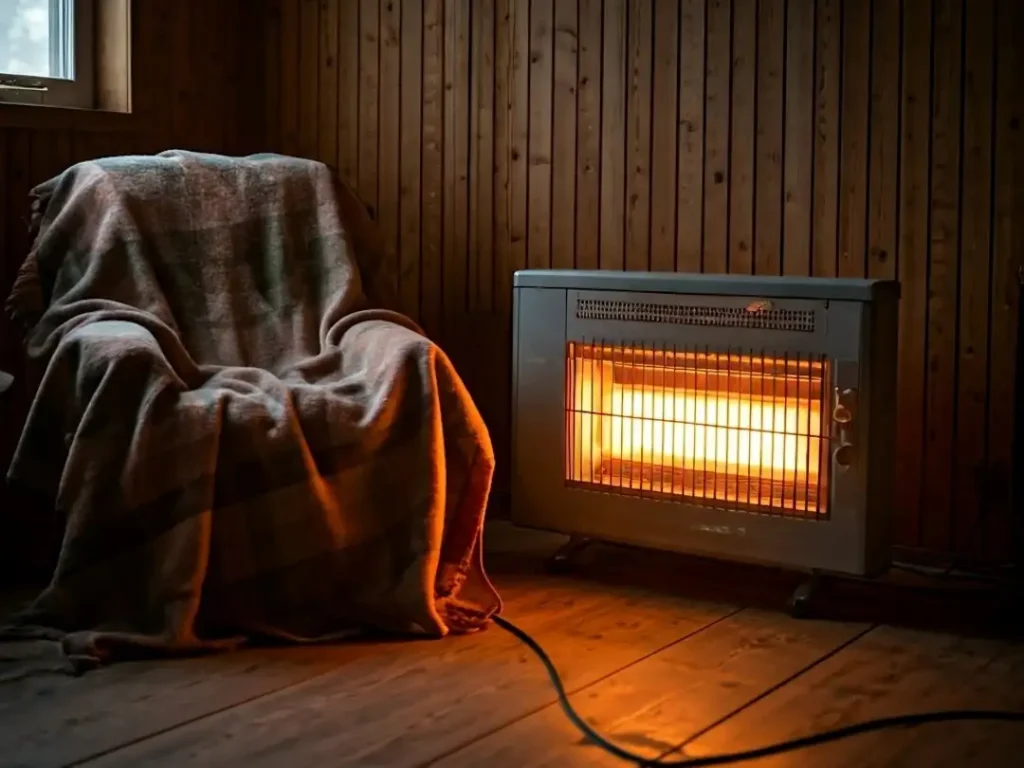
Heating Equipment Can Ignite in Seconds
Winter brings fire calls tied to heaters. Portable models placed too close to curtains or beds are especially risky. Fireplaces can also start fires if flues aren’t clear.
Keep all heaters at least three feet from anything that can burn. Only use models with auto shut-off features. Never run them through an extension cord. Clean your chimney yearly with a certified professional as recommended by the Chimney Safety Institute of America.

Smoke Alarm Failures Delay Escape and Response
We respond to homes where smoke alarms didn’t sound. Many weren’t working. Others had dead batteries. In some cases, alarms were never installed.
Install smoke alarms in every bedroom and hallway. Test them monthly. Replace the batteries once a year. Replace the alarm every ten years—even if it still beeps.
For best practices, refer to the NFPA’s smoke alarm safety recommendations.
Avoid Becoming a Statistic
Each of these common fire calls can be prevented. What they share is a lack of planning. Fires don’t give warnings. But smoke alarms do. Early action makes the difference between damage and disaster.
Our job is to respond. Yours is to prepare.
